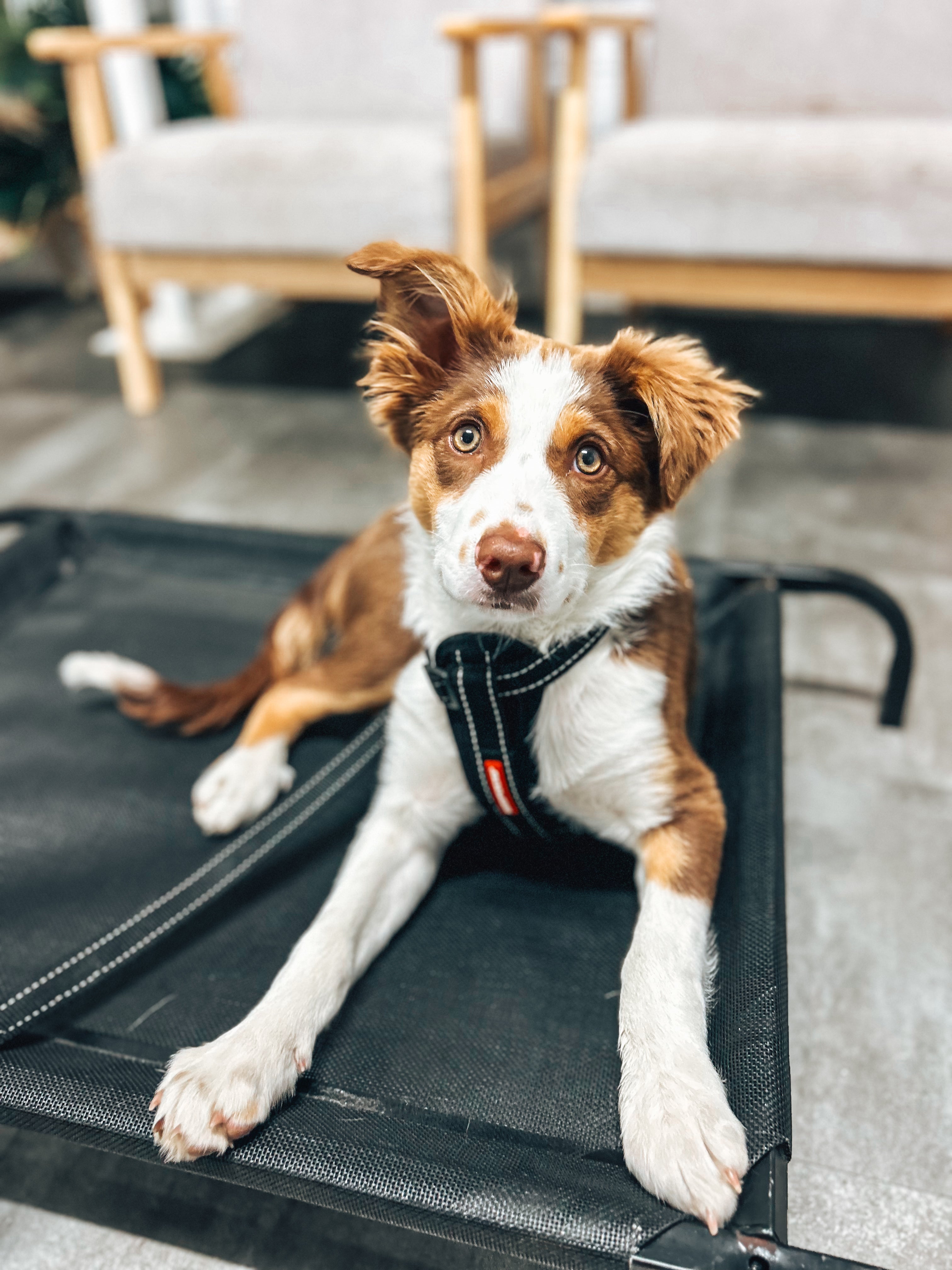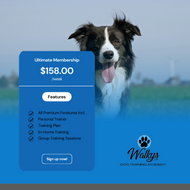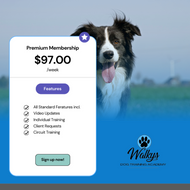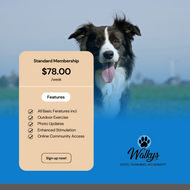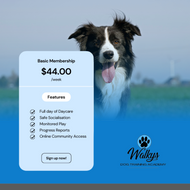July 29, 2024
The Ultimate Guide to Managing Puppy Mouthing and Biting
Welcoming a new puppy into your home is an exciting experience. However, one common challenge that many new pet parents face is puppy mouthing and biting. This behavior, while natural, can be both frustrating and painful. In this comprehensive guide, we will delve into effective strategies to manage and reduce puppy mouthing and biting, ensuring a harmonious relationship between you and your furry friend.
Understanding Puppy Mouthing and Biting
Why Do Puppies Mouth and Bite?
Puppies explore their world through their mouths. Mouthing and biting are natural behaviors that help them learn about their environment, play, and even relieve teething discomfort. It's essential to understand that this behavior is not a sign of aggression but rather a normal part of their development.
The Developmental Stages of Puppy Mouthing
- Neonatal Stage (0-2 weeks): Puppies are entirely dependent on their mother and siblings.
- Transitional Stage (2-4 weeks): Puppies begin to interact with their environment, and mouthing starts.
- Socialization Stage (4-12 weeks): This is when puppies learn bite inhibition from their littermates.
- Juvenile Stage (3-6 months): Mouthing and biting can intensify due to teething.
Effective Strategies to Manage Puppy Mouthing and Biting
Early Socialization and Bite Inhibition
Puppies learn bite inhibition from their littermates and mother. If a puppy bites too hard during play, the littermate will yelp and stop playing, teaching the puppy that biting too hard ends the fun. This natural lesson is crucial for developing gentle mouthing behavior.
Redirecting to Appropriate Chew Toys
Providing a variety of chew toys can help satisfy your puppy's need to chew. Ensure the toys are safe, durable, and appropriate for your puppy's age and size. Toys that can be frozen are particularly helpful for teething puppies as the cold can soothe their gums.
Consistent Training Techniques
- Positive Reinforcement: Reward your puppy with treats and praise when they chew on appropriate items.
- Interrupt and Redirect: If your puppy bites, correct with a loud 'AH!' then redirect to a chew toy.
- Time-Outs: If the biting persists, a brief time-out can help your puppy understand that biting ends playtime.
Managing Playtime
Structured playtime with your puppy can help manage their energy levels and reduce biting incidents. Incorporate interactive toys, such as tug ropes and fetch toys, to engage your puppy in appropriate play.
Understanding Body Language
Learning to read your puppy's body language can prevent biting incidents. Signs of overstimulation include:
- Flattened ears
- Rapid breathing
- Tense body
When you notice these signs, it's best to give your puppy a break from play.
Dealing with Teething
Providing Teething Relief
Teething can be a painful process for puppies. Offer frozen chew toys or wet washcloths that have been chilled in the freezer. These can provide relief and distract from biting fingers or furniture.
Safe Chewing Options
Ensure that all chew toys are non-toxic and durable. Avoid toys with small parts that could be swallowed or cause choking.
Professional Training and Socialization Classes
Enrolling your puppy in professional training classes can provide additional support and socialization opportunities. These classes teach essential obedience commands and offer controlled environments for your puppy to interact with other dogs and people.
Conclusion
Puppy mouthing and biting are natural behaviors that can be managed with patience, consistency, and appropriate training techniques. By understanding the reasons behind this behavior and implementing the strategies outlined in this guide, you can help your puppy develop into a well-mannered and gentle companion. Remember, early intervention and consistent training are key to ensuring a positive outcome for both you and your puppy.

